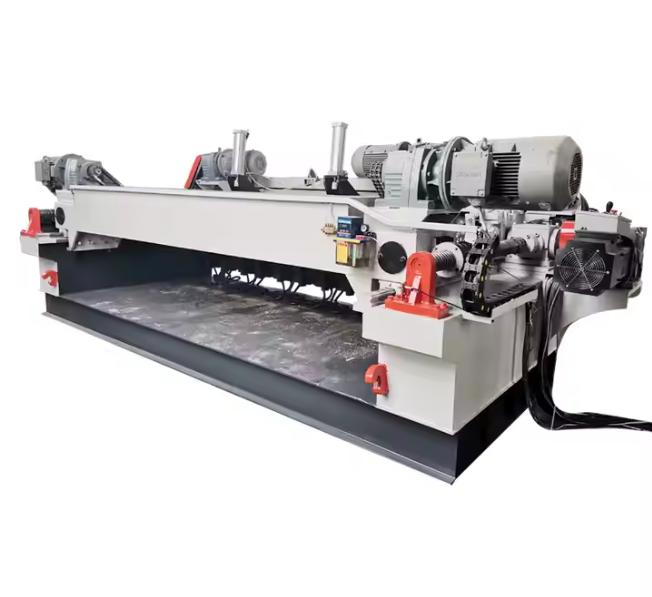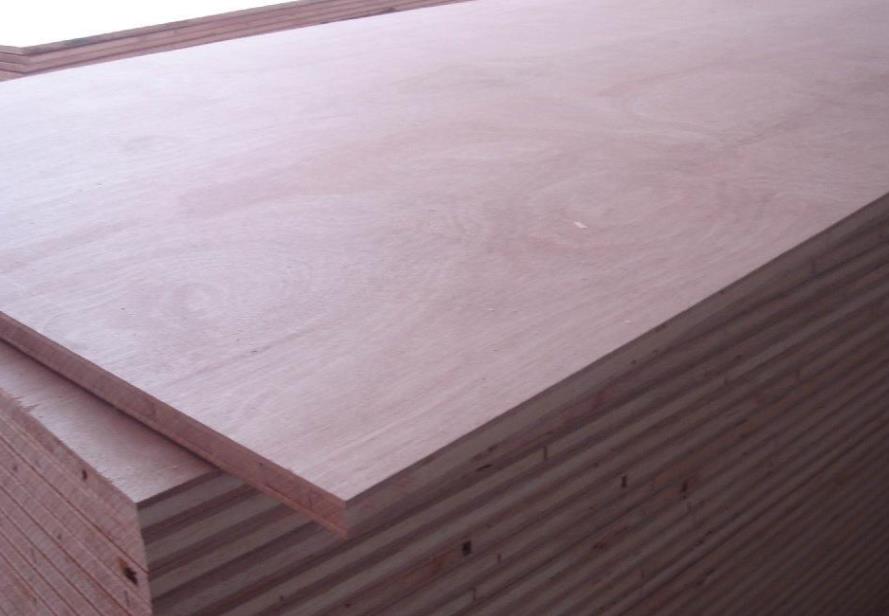|
Defect Name |
Causes |
Improvement Methods |
|
Edge Cracks |
1. Veneer damaged during loading. |
1. Follow operational procedures to reduce damage. |
|
Center Cracks or Brittle Veneer |
1. Drying temperature too high or humidity too low, not suited to the wood species. |
1. Adjust temperature and humidity for the species, close moisture exhaust valves, or reduce temperature. |
|
Batch Too Dry or Wet |
1. Process not followed. |
1. Strictly follow process specifications for temperature and speed. |
|
Partial Over/Under Drying |
1. Dryer malfunction. |
1. Repair the dryer. |
|
Uneven Moisture Content |
1. Dryer malfunction. |
1. Inspect the dryer. |
|
Discoloration |
1. Drying temperature too high. |
1. Set temperature as per process requirements. |
|
Wavy Veneer |
1. Excessive drying temperature. |
1. Lower drying temperature. |
|
Mechanical Damage |
1. Indentations from debris. |
1. Remove debris during loading and clean conveyor rollers and belts. |
 What is the yield rate of eucal
What is the yield rate of eucal
01 January,1970
 What is the Veneer Drying Equip
What is the Veneer Drying Equip
01 January,1970
 How to evaluate the production
How to evaluate the production
01 January,1970
 Working Principle of Wood Spind
Working Principle of Wood Spind
01 January,1970
 New glue technologies for plywo
New glue technologies for plywo
01 January,1970
 How to maintain the wood veneer
How to maintain the wood veneer
01 January,1970